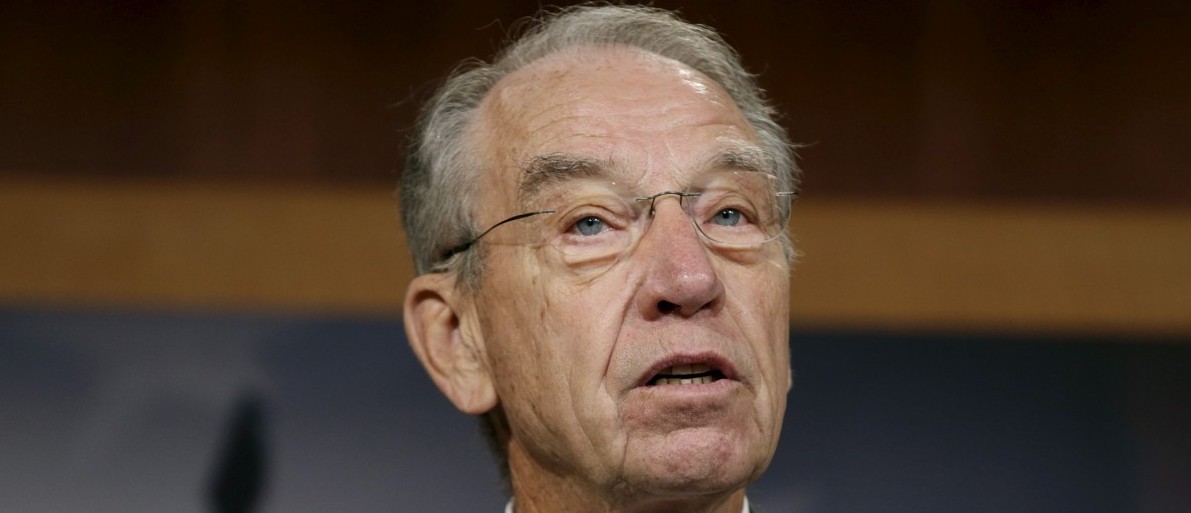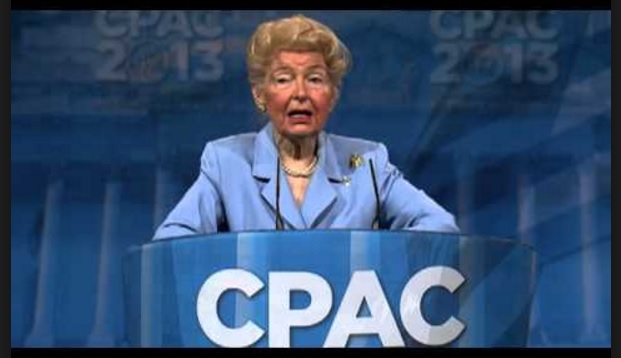Senate Democrats are looking increasingly serious about the possibility of changing the Senate rules to permit a 51-vote majority to end debate on nominees to the executive branch and lower federal courts – the so-called “nuclear option.” The move would come after Senate Republicans abused the filibuster to block votes on all three of President Obama’s nominees to fill vacancies on the U.S. Court of Appeals for the District of Columbia Circuit.
The D.C. Circuit nominees are among 17 federal judicial nominees currently waiting for Senate floor votes. Thirteen of these have been waiting for three weeks or longer; two have been waiting for over 100 days.
And the blanket filibuster of D.C. Circuit nominees is just the latest in the GOP’s onslaught of unprecedented obstruction under President Obama. Here are four charts showing just how far Republican obstruction has gone in the Obama administration.
Failed to confirm one-quarter of President Obama’s judicial nominees.
At this point in President Bush’s term, the Senate had confirmed 91 percent of his nominees to the lower federal courts. As of today, the Senate has confirmed just 76 percent of President Obama’s nominees. Those left out include the 17 nominees still waiting patiently for yes-or-no confirmation votes, as well as many nominees who have been forced to withdraw their nominations after meeting a wall of GOP obstruction. Unquestionably qualified nominees forced to withdraw their names include D.C. Circuit nominee Caitlin Halligan, Ninth Circuit nominee Goodwin Liu and Nevada District Court nominee Elissa Cadish.
The unconfirmed 26 percent also includes nominees who have met with Republican obstruction before even getting a hearing from the Senate Judiciary Committee. Because committee chairman Patrick Leahy won’t schedule a hearing on a nominee until both of that nominee’s home-state senators return “blue slips” signaling their approval for starting the process, Republicans can hold up the confirmation process before it even starts simply by refusing to return a “blue slip.” One example is Georgia senators Saxby Chambliss and Johnny Isakson’s year-and-a-half-long (and counting) blockade of Eleventh Circuit nominee Jill Pryor, whom they previously found qualified for a district court judgeship.

Stonewalled the D.C. Circuit.
When President Obama nominated three qualified people to the three vacancies on the U.S. Court of Appeals for the D.C. Circuit, Senate Republicans put up a coordinated front of righteous indignation, accusing the president of trying to “pack” the court to “rubber-stamp” his agenda. This act was somewhat hard to believe coming from a party that less than a decade ago successfully pushed to confirm George W. Bush’s nominees to the very same seats. The cries of “court-packing” were also a little bit undermined by the fact that Senate Republicans had allowed just one of President Obama’s nominees to be confirmed to the court, in contrast to four of Bush’s nominees and eight of Reagan’s.

It all made one believe that maybe the goal was to keep the influential court dominated by conservative Republican appointees.
Forced Obama’s judicial nominees to wait over twice as long for confirmation votes as Bush’s nominees did.
Senate Republicans have forced even the nominees whom they ultimately confirm to wait weeks or even months just for up-or-down confirmation vote. Since the Senate requires unanimous consent from its members to hold a vote, a single senator can block a vote indefinitely until he is forced to give up or he runs up against a cloture vote. Under President Obama, Senate Minority Leader Mitch McConnell has made extraordinary use of these quiet filibusters, sometimes blocking votes on judicial nominees for months, even when (as is the case the overwhelming majority of the time) no Republicans actually oppose the nominees in question.
One example of this was Robert Bacharach of Oklahoma, nominated to the Tenth Circuit Court of Appeals, who was filibustered for nearly nine months despite the fact that both of his conservative home-state senators said they supported him. When Republicans finally allowed Bacharach’s nomination to come to a vote, he was confirmed unanimously.
President Obama’s confirmed nominees to the lower courts have been forced to wait an average of 107 days between approval by the Senate Judiciary Committee and a confirmation vote on the Senate floor. At this point in George W. Bush’s presidency, the average wait for his nominees was just 43 days. This escalation has been especially pronounced among district court nominees, who have historically been quickly approved for trial court positions. President Bush’s district court nominees were confirmed in an average of 34 days. Under President Obama, their average wait has nearly tripled to 100 days.

Caused a vacancy crisis on the federal courts.
Senate Republicans often claim the Senate is doing a great job confirming judicial nominees this year. But according to a PFAW fact sheet [pdf], “Since the start of the 113th Congress in January 2013, the confirmation rate has failed to keep up with the number of vacancies,” leading to more than one in ten seats on the federal courts being or soon to become vacant.
Since the start of this Congress, the number of federal judicial seats that are or will soon be vacant has risen from 90 to 110, an increase of more than 20 percent. The number of judicial emergencies – vacancies that have caused courts to face extraordinary backlogs in cases — has risen from 27 to 38, an increase of 40 percent.

The Brennan Center also documents the huge surge in federal district court vacancies and judicial emergencies since the start of President Obama’s term.
…and it’s not just judges.
Republicans have filibustered more of President Obama’s executive branch nominees than were filibustered under all other presidents combined. From 1949 through the end of 2008, the Senate held cloture votes to end filibusters of 20 executive branch nominees. So far in the Obama administration, the Senate has held cloture votes on 27 executive branch nominees. That means the Senate GOP is on pace to filibuster over twice as many of President Obama’s executive branch nominees as the total number filibustered under all previous presidents combined.

Among President Obama’s executive branch nominees who have faced unsuccessful cloture votes is Rep. Mel Watt, nominated to head the Federal Housing Finance Agency, who became the first sitting member of Congress to be blocked from an administrative position since before the Civil War.






